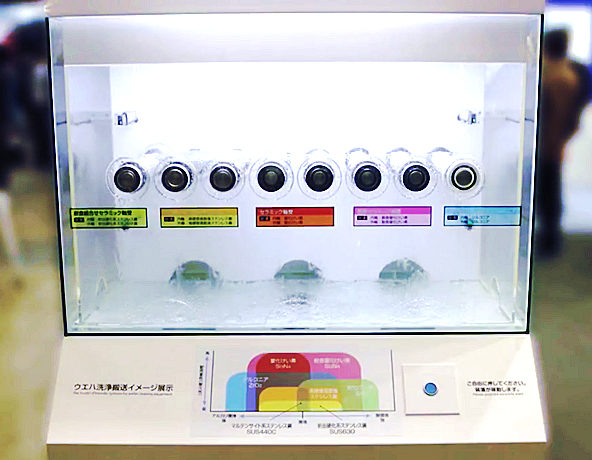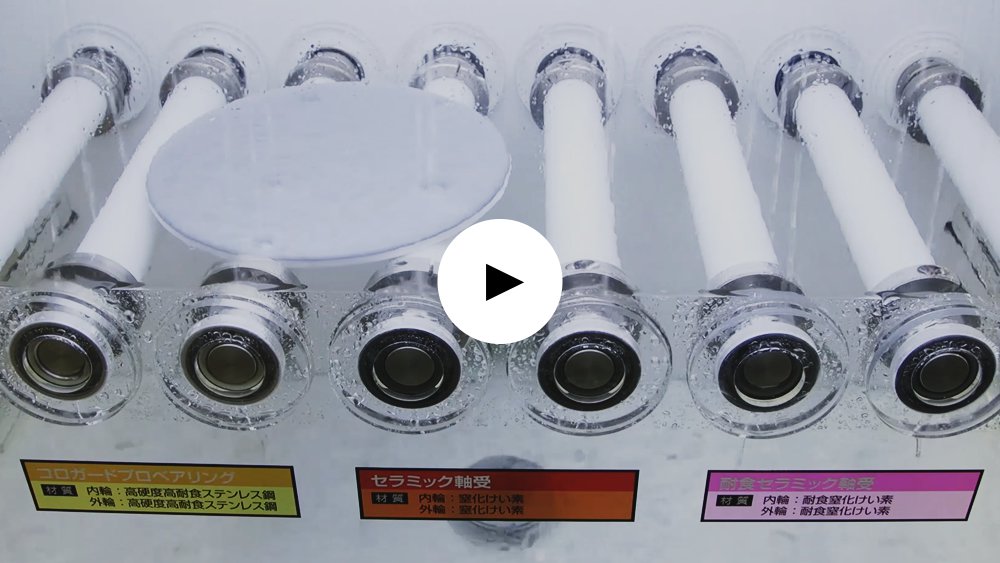-
Problems
- There are corrosive environments that cannot be handled by current corrosion-resistant bearings.
- In these corrosive environments, the bearings quickly get damaged and have short service lives, so we want bearings that will last a long time.
-
Solutions
- Producing bearings that can withstand corrosive environments that conventional bearings couldn’t handle, through the use of zirconia and silicon carbide unlike before, and arranging the different usages for the different bearing materials.
- Achieving longer service life through the distinction between different corrosive environments and the use of different materials that are suited to different corrosive environments
Achievements
- Improved corrosion resistance by using materials suited to different types and levels of corrosiveness
Generic bearings are made with high carbon chromium bearing steel such as JIS G 4805 SUJ2.
However, such steel materials have poor corrosion resistance, and cannot be used in corrosive environments.
JTEKT, in order to meet the needs of our customers, developed the world’s first bearings made with ceramic materials, which can withstand these corrosive environments. In this way, we became an industry pioneer and achieved tremendous results in various fields and environments.
Achievements
Various corrosive environments
Here at JTEKT, we have provided ceramic bearings primarily made with silicon nitride to handle environments where high corrosion resistance is required. Silicon nitride is a material that has a higher level of corrosion resistance than normal bearing steel or stainless steel
However, even though the phrase “corrosive environments” is used, there is actually a difference in qualities such as acidity and alkalinity, as well as variability in the level of corrosiveness. For this reason, even silicon nitride has its limits: depending on the environment in which it is used, it could get damaged quickly, its service life could be shortened, and it could therefore be insufficient for certain environments (see Figure 1).
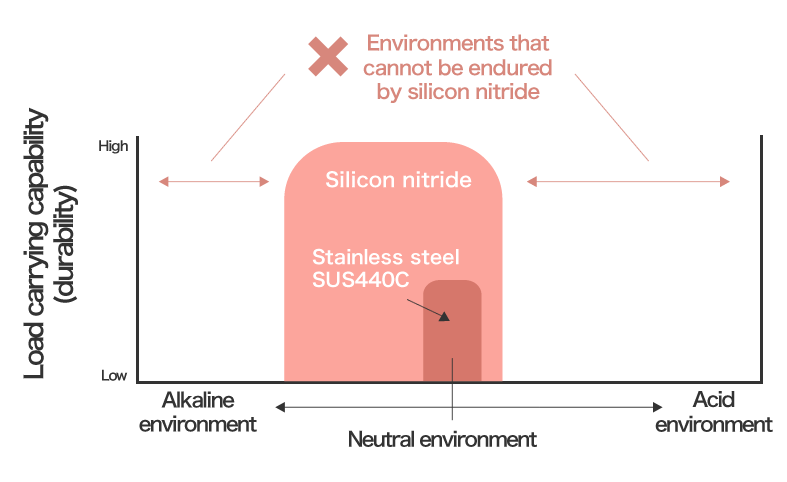
Fig. 1: An illustration of the applicable range of conventional bearing materials
A lineup of the optimal materials for each environment
In contrast to this, we categorized the different types of corrosive environments, and we have prepared a lineup of bearings that, in order to handle a wider range of more severe environments, use the optimal material for each of the different corrosive environments.
By using silicon carbide, with its high resistance to acidity, in strong acid environments, and using zirconia, with its high resistance to alkalinity, in strong alkaline environments, we were able to achieve a kind of bearing that can withstand strong acid and alkaline environments on a level impossible with conventional bearings (see Figure 2).
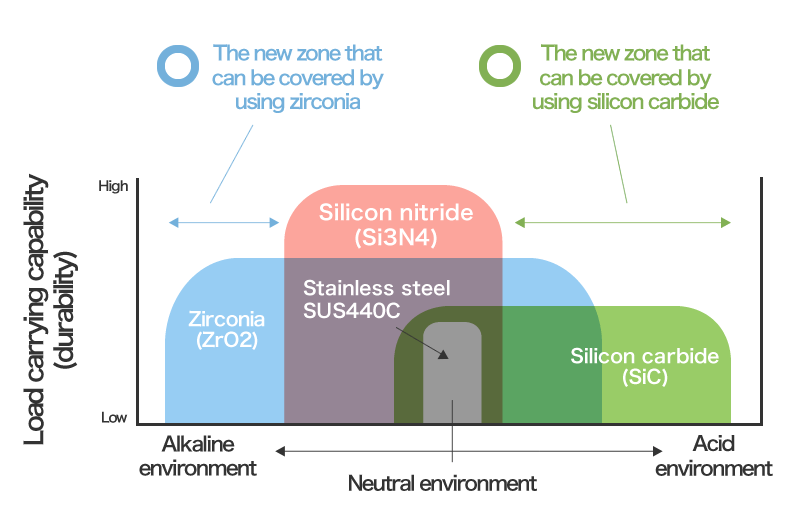
Fig. 2: An illustration of the applicable range of these new bearing materials
Table 1: The characteristics of various materials
| Material | Characteristic |
|---|---|
| Bearing steel(SUJ2) | A standard bearing material. It has poor corrosion resistance. |
| Stainless steel(SUS440C) | Stronger corrosion resistance than bearing steel. |
| Silicon nitride(Si3N4) | The standard ceramic material for bearings. It has stronger corrosion resistance and load carrying capability in alkaline environments than SUS440C. |
| Zirconia(ZrO2) | Stronger corrosion resistance, especially in alkaline environments. |
| Silicon carbide(SiC) | Stronger corrosion resistance, especially in acid environments. |
Furthermore, by conducting corrosion tests with various corrosive solutions, we got the corrosion resistance results of different ceramic materials shown in Table 2.
Table 2: Corrosion resistance of ceramic materials
| Ceramic materials | |||||
|---|---|---|---|---|---|
| Silicon nitride (standard) Si3N4 | Corrosion-resistant silicon nitride Si3N4 | Zirconia ZrO2 | Silicon carbide SiC | ||
| Corrosive solutions | Hydrochloric acid | △ | ○ | ○ | ◎ |
| Nitric acid | △ | ○ | ○ | ◎ | |
| Sulfuric acid | △ | ○ | ○ | ◎ | |
| Phosphoric acid | ○ | ○ | ○ | ◎ | |
| Hydrofluoric acid | △ | △ | × | ◎ | |
| Sodium hydroxide | △ | △ | ○ | △ | |
| Potassium hydroxide | △ | △ | △ | △ | |
| Sodium carbonate | △ | △ | △ | △ | |
| Sodium nitrate | △ | △ | △ | △ | |
| Water and saltwater | ◎ | ◎ | ◎ | ◎ | |
Based on these corrosion test results, we were able to break down what kind of bearing materials should be used in what kind of environments, and to achieve greater corrosion resistance than before.
A Video Explaining the Wafer Cleaning Process
(Water flows from above, and an acrylic board modeled on a wafer moves back and forth from left to right.)
A Message from JTEKT

As more and more bearings are used in an ever-growing variety of fields, corrosion resistance has become even more important.
There is a growing need for bearings that, even while maintaining the same load performance and service life as before, can be used over a long period of time in corrosive solutions.
Here at JTEKT, we have been applying a variety of ceramic materials to bearings, thus allowing them to withstand a greater ranger of corrosive environments. If you have any problems dealing with corrosive environments, please feel free to give us a call.
(EXSEV Group, Precision Device Bearing Technology Office, Industrial Machinery Application Engineering Dept.)
Product
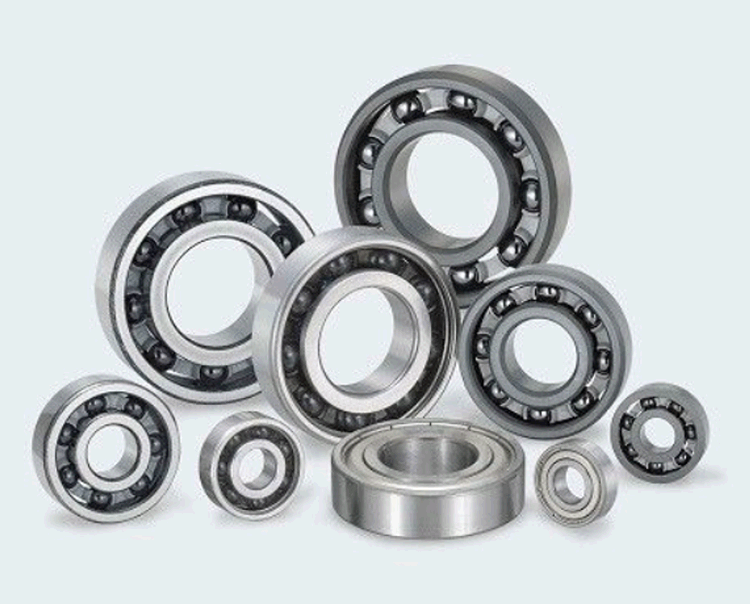
Corrosion-resistant ceramic bearings
-
At JTEKT, we have prepared the EXSEV (Extreme Special Environment) Series of special-environment, a lineup of corrosion-resistant bearings, including bearings that use stainless steels such as precipitation hardening stainless steel (SUS630), which has better corrosion resistance than SUS440, and full ceramic bearings with silicon nitride and silicon carbide, in order to achieve resistance to more and more different corrosive environments.
These contribute to longer service life and reduced maintenance cost for equipment used in the production of things like semiconductors, high-performance film, and food products, resolving a wide range of customer concerns and contributing to greater productivity.
* EXSEVⓇ is a registered trademark of JTEKT.
Contact Us
